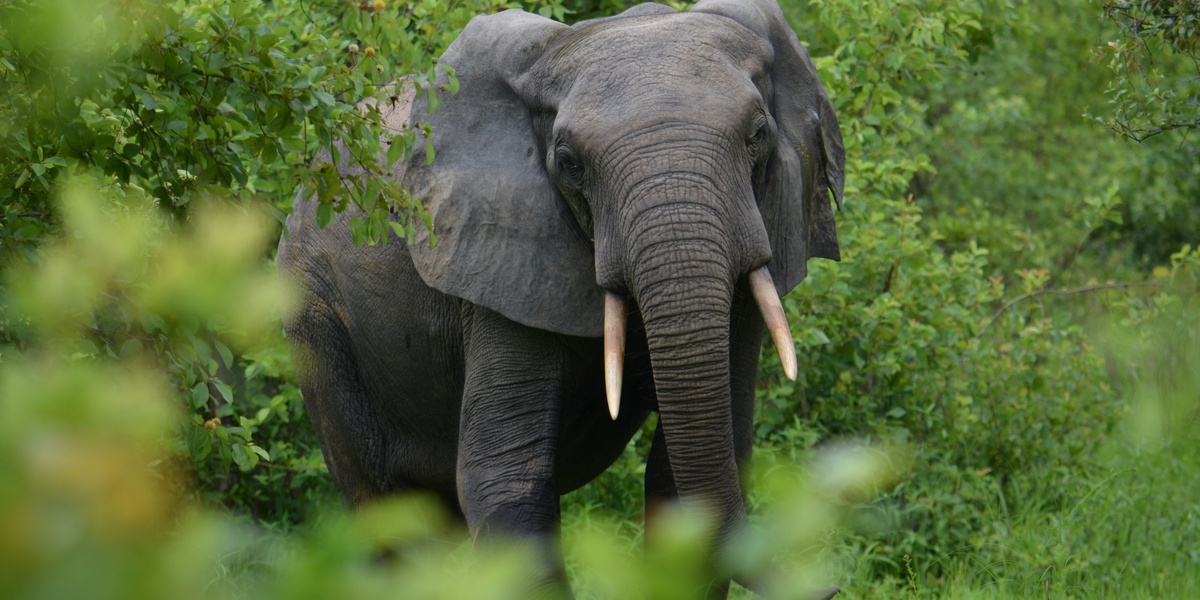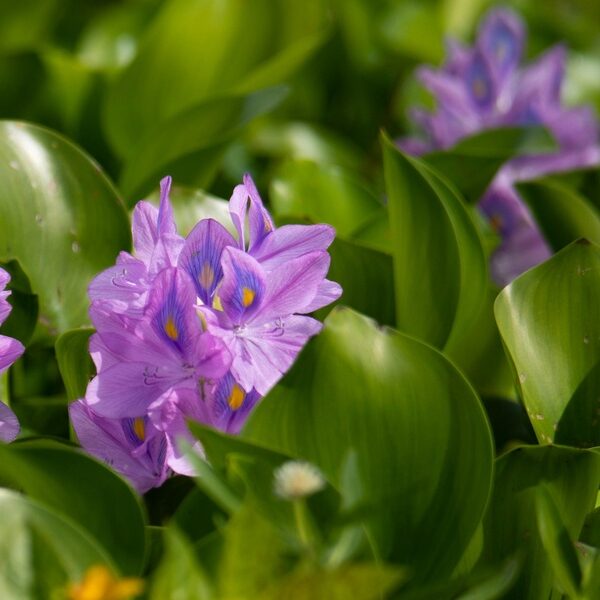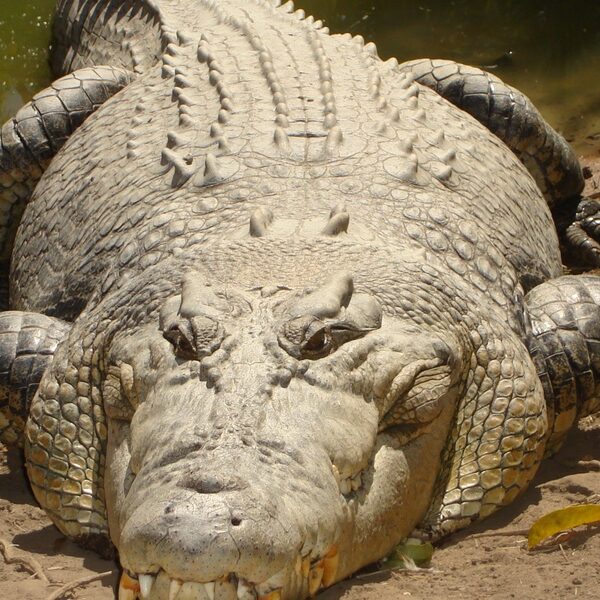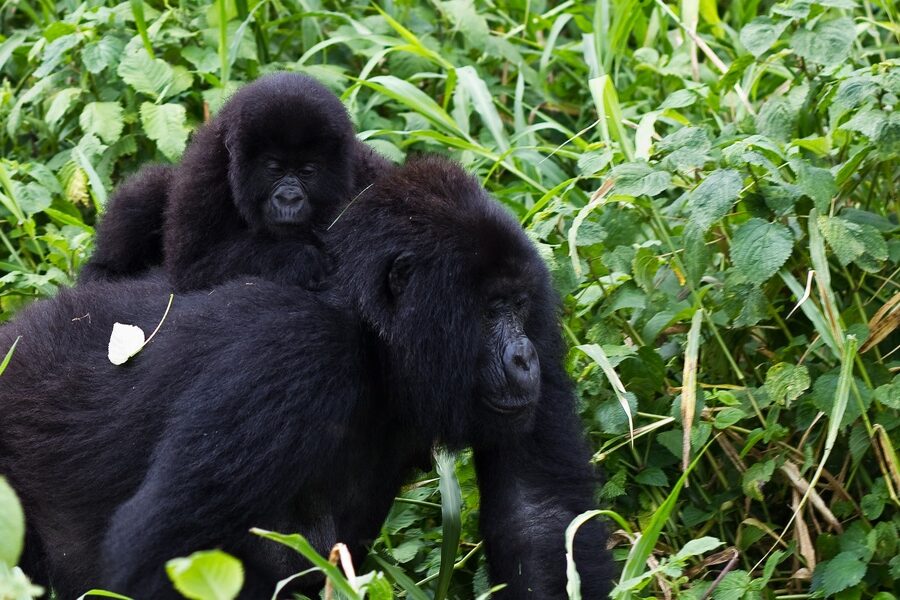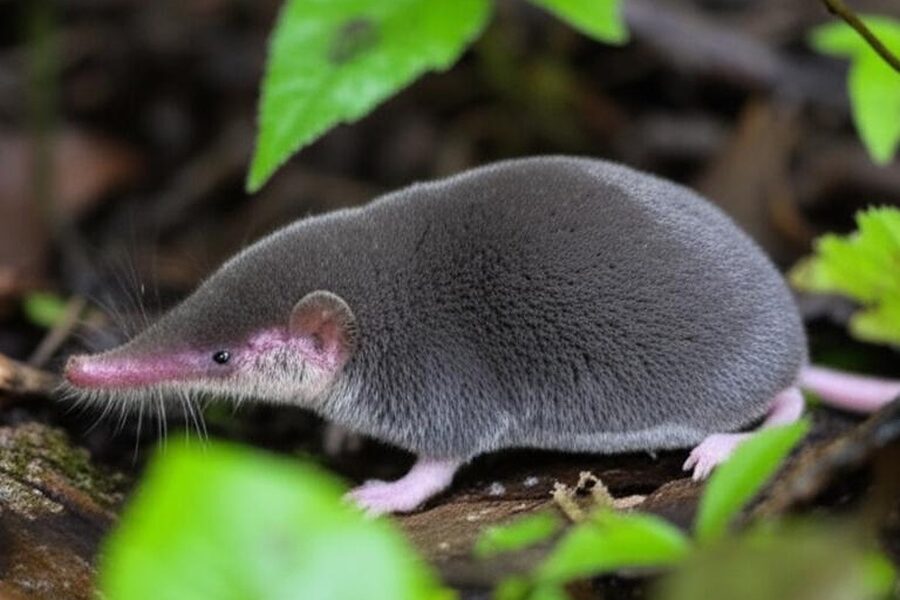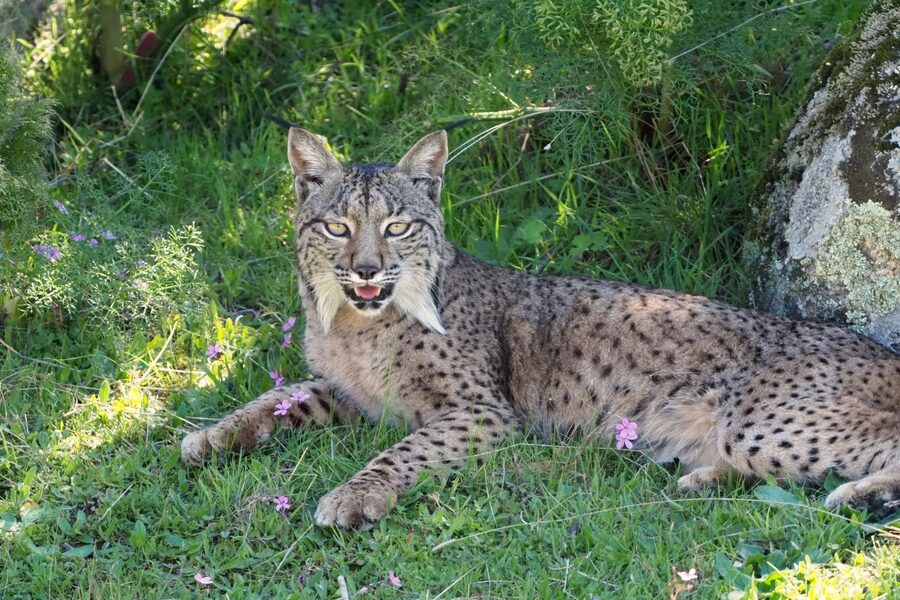Togo, a compact West African nation, harbors a surprisingly rich array of biodiversity, spanning coastal wetlands, savannahs, and dense forest remnants. This natural heritage, however, faces significant and growing threats from habitat loss, climate change, and other human-induced pressures.
This urgent situation underscores the importance of identifying and protecting these vulnerable populations. Below, you’ll find a comprehensive list of 26 Endangered Species in Togo, ranging from the majestic African Mahogany tree to the agile White-thighed Colobus monkey. For each, we’ve organized the key information by Scientific Name, IUCN Status, and Primary Habitat (Togo), providing a clear overview of their precarious situations.
Why are so many species endangered in Togo?
The primary drivers of species endangerment in Togo are largely linked to rapid human population growth and associated activities. Deforestation for agriculture, logging, and charcoal production drastically reduces natural habitats, while poaching, unsustainable hunting, and the illegal pet trade directly impact animal populations. Climate change also exacerbates these issues, altering ecosystems and making species more vulnerable to extinction.
Endangered Species in Togo
| Species Name | Scientific Name | IUCN Status | Primary Habitat (Togo) |
|---|---|---|---|
| African Savanna Elephant | Loxodonta africana | EN | Savannas and woodlands (e.g., Kéran and Fazao-Malfakassa National Parks) |
| West African Lion | Panthera leo | VU | Savannas and open woodlands |
| Western Chimpanzee | Pan troglodytes verus | CR | Forests and woodlands |
| White-thighed Colobus | Colobus vellerosus | CR | Gallery and semi-deciduous forests |
| Giant Pangolin | Smutsia gigantea | EN | Forests and savannas |
| West African Manatee | Trichechus senegalensis | VU | Coastal lagoons, estuaries, and rivers (e.g., Lake Togo) |
| Hippopotamus | Hippopotamus amphibius | VU | Rivers and lakes (e.g., Oti River) |
| Leopard | Panthera pardus | VU | Savannas, forests, and rocky hills |
| Atlantic Humpback Dolphin | Sousa teuszii | CR | Shallow coastal Atlantic waters |
| Hooded Vulture | Necrosyrtes monachus | CR | Savannas and urban areas |
| White-backed Vulture | Gyps africanus | CR | Savannas |
| Rüppell’s Vulture | Gyps rueppelli | CR | Savannas and open country |
| Grey Parrot | Psittacus erithacus | EN | Lowland forests |
| Leatherback Sea Turtle | Dermochelys coriacea | VU | Atlantic coastal waters and nesting beaches |
| Green Sea Turtle | Chelonia mydas | EN | Atlantic coastal waters and nesting beaches |
| Hawksbill Sea Turtle | Eretmochelys imbricata | CR | Coastal reefs and nesting beaches |
| Togo Slippery Frog | Conraua derooi | CR | Montane forest streams (Togo-Volta Highlands) |
| Dwarf Crocodile | Osteolaemus tetraspis | VU | Swamps, pools, and slow-moving rivers in forests |
| Scalloped Hammerhead | Sphyrna lewini | CR | Coastal Atlantic waters |
| Red-fronted Gazelle | Eudorcas rufifrons | VU | Sahelian and Sudanian savannas |
| Black-crowned Crane | Balearica pavonina | VU | Wetlands and grasslands |
| Martial Eagle | Polemaetus bellicosus | EN | Savannas and open woodlands |
| Secretarybird | Sagittarius serpentarius | EN | Grasslands and savannas |
| African Rosewood | Pterocarpus erinaceus | EN | Savannas and dry forests |
| African Mahogany | Khaya senegalensis | VU | Dry forests and savannas |
| Afromosia | Pericopsis elata | EN | Dry forests |
Images and Descriptions
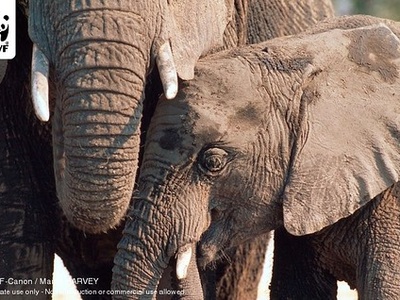
African Savanna Elephant
Majestic and intelligent, these giants shape their environment but are threatened by poaching for ivory and human-wildlife conflict over dwindling land and resources.
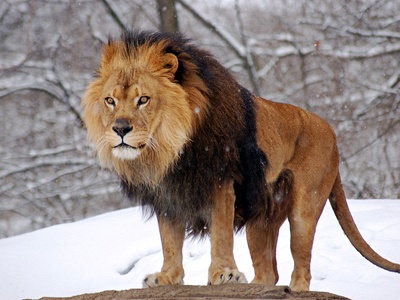
West African Lion
A symbol of Africa’s wilderness, the lion is critically endangered in West Africa. Togo’s few remaining lions cling to survival, facing habitat loss and human conflict.
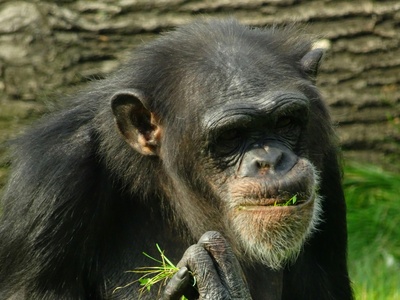
Western Chimpanzee
Our closest living relative, known for complex social structures. Chimpanzees in Togo are threatened by deforestation for agriculture and the illegal bushmeat trade.
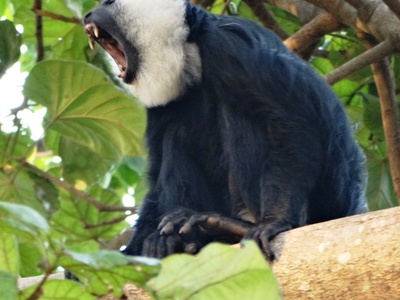
White-thighed Colobus
This striking black-and-white monkey is named for its majestic white thighs and tail. It is critically endangered due to widespread habitat destruction and hunting.
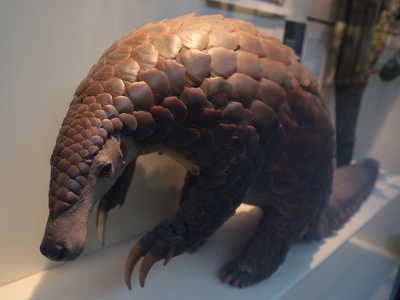
Giant Pangolin
A unique, nocturnal mammal covered in protective scales. Pangolins are the world’s most trafficked mammals, hunted for their scales used in traditional medicine and for meat.
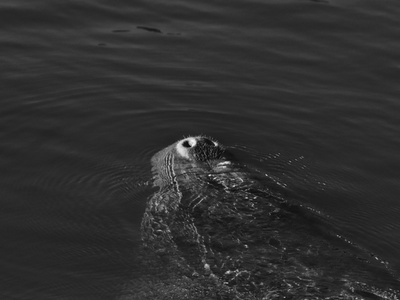
West African Manatee
The gentle “sea cow” of West Africa’s waters. This shy herbivore is threatened by accidental capture in fishing nets, poaching, and degradation of its aquatic habitat.
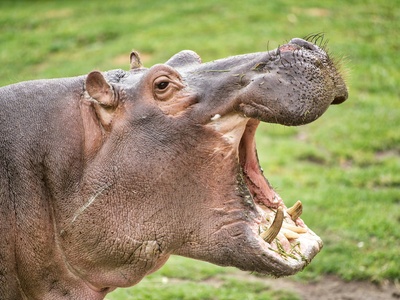
Hippopotamus
A large, semi-aquatic herbivore vital to its ecosystem. Hippos in Togo face threats from habitat loss as wetlands are converted for farming and from human-wildlife conflict.
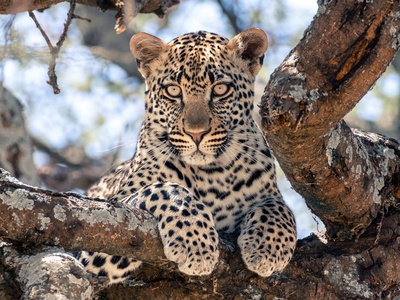
Leopard
A powerful and adaptable big cat, the leopard is highly elusive. Its populations in Togo are fragmented and declining due to loss of prey, habitat, and human conflict.
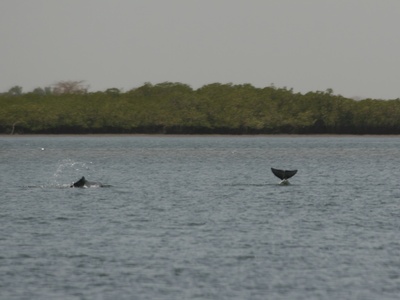
Atlantic Humpback Dolphin
One of the world’s rarest marine mammals, this dolphin is critically threatened by entanglement in fishing gear, coastal construction, and pollution in its near-shore habitat.
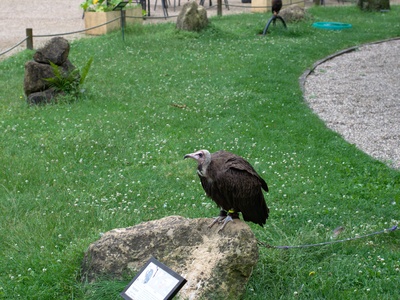
Hooded Vulture
A smaller vulture often seen near human settlements, playing a key role in waste cleanup. Its population has crashed due to poisoning and use in traditional medicine.
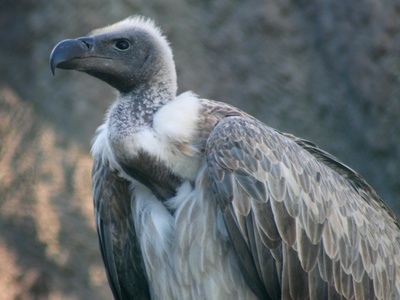
White-backed Vulture
Once Africa’s most common large vulture, this species has suffered catastrophic declines from mass poisoning events, often when poachers poison carcasses to hide their kills.
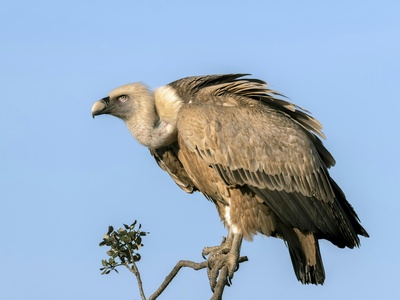
Rüppell’s Vulture
The world’s highest-flying bird, this large vulture is a crucial scavenger. Like other vultures, it is critically endangered due to poisoning and habitat loss.
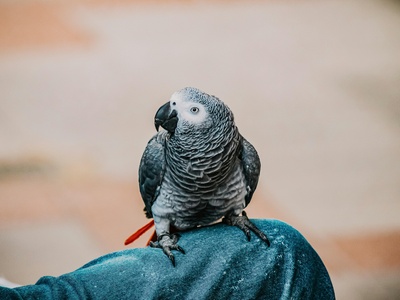
Grey Parrot
Famed for its intelligence and ability to mimic human speech, this charismatic bird is heavily threatened by the illegal international pet trade and the loss of its forest home.
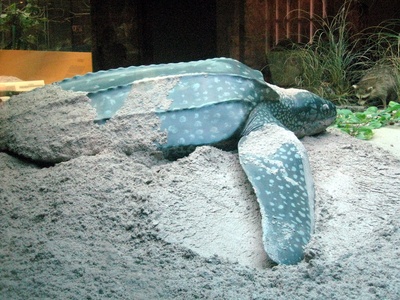
Leatherback Sea Turtle
The largest of all living turtles, undertaking epic ocean migrations. Togo’s beaches are vital nesting grounds, but nests are threatened by poaching and coastal development.
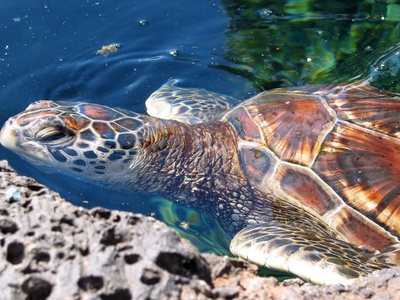
Green Sea Turtle
Named for the green color of its fat, this large turtle feeds on seagrass. It is endangered by plastic pollution, fisheries bycatch, and egg harvesting on Togo’s coast.
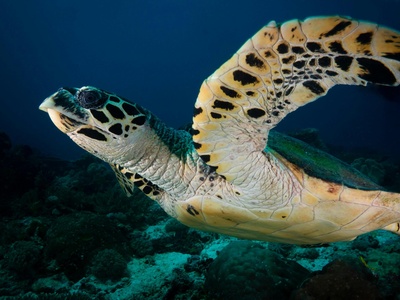
Hawksbill Sea Turtle
Known for its beautiful, patterned shell that fuels the illegal “tortoiseshell” trade. This critically endangered turtle faces extreme threats from poaching and habitat destruction.
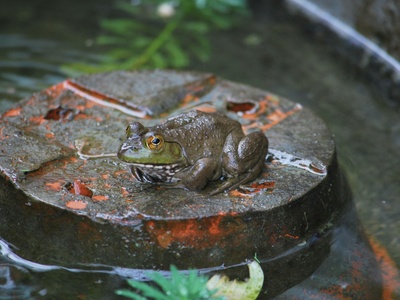
Togo Slippery Frog
A critically endangered frog found only in the highland forests between Togo and Ghana. It is highly vulnerable to deforestation and pollution of its stream habitat.
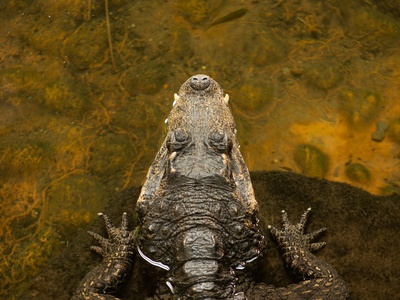
Dwarf Crocodile
The world’s smallest crocodile, this is a shy, nocturnal reptile. It is threatened across its range by forest destruction and hunting for the bushmeat trade.
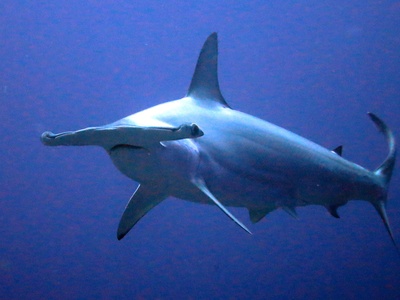
Scalloped Hammerhead
Instantly recognizable by its unique “hammer” shaped head, this shark is critically endangered due to overfishing, primarily for its fins used in shark fin soup.
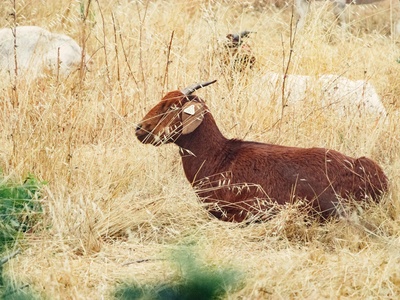
Red-fronted Gazelle
A graceful gazelle adapted to arid environments. Its populations have declined sharply due to illegal hunting for meat, competition with livestock, and habitat degradation.
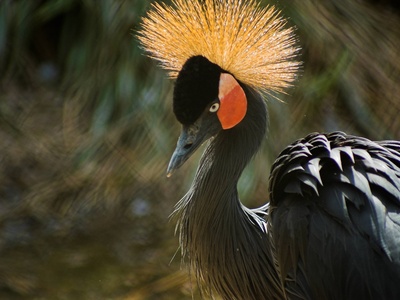
Black-crowned Crane
A stunningly elegant bird with a golden crown of feathers, known for its dancing courtship displays. Its wetland habitats in Togo are threatened by drainage for agriculture.
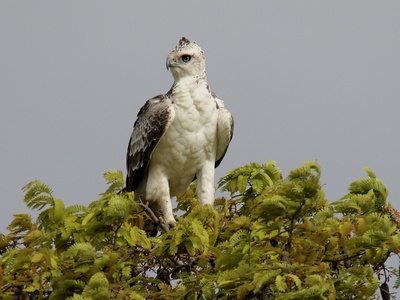
Martial Eagle
Africa’s largest and most powerful eagle, capable of hunting prey as large as small antelopes. It is endangered due to persecution, poisoning, and collision with power lines.
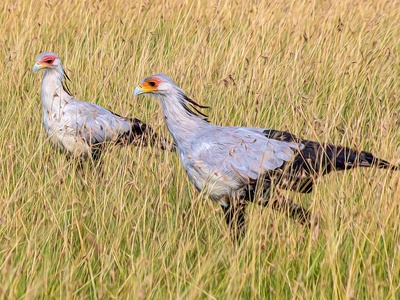
Secretarybird
A unique, long-legged bird of prey famous for hunting snakes on the ground. It is threatened by the degradation and loss of its open grassland habitat to agriculture.

African Rosewood
A valuable hardwood tree known locally as Kosso. It is heavily and often illegally logged for the international furniture market, leading to rapid, widespread decline.
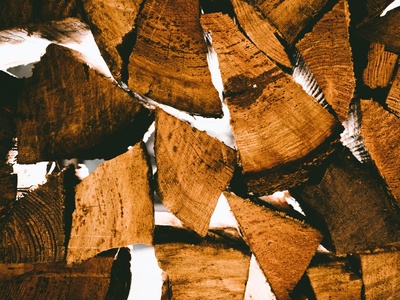
African Mahogany
A classic timber tree prized for its beautiful, reddish-brown wood. Over-exploitation for timber and the clearing of land for agriculture have made this once-common tree vulnerable.

Afromosia
Also known as African Teak, its durable, high-quality timber is in great demand. This slow-growing tree is endangered due to extensive illegal logging and habitat conversion.
